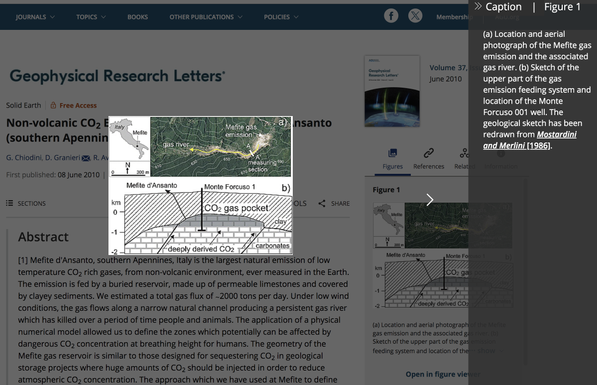@scuba_zeus @mkreutzfeldt
Na, die Regel passt aber nicht im Zusammenhang mit CO2-Emissionen.
Das CO2, das emittiert wird, bleibt im System. Und wirkt.
#Climeworks sagt, ab 2030 können sie 1 Millionen Tonnen CO2 pro Jahr aus der Luft holen und in Stein binden. 1 Millionen. Im Jahr.
Es werden aber derzeit 40 Milliarden Tonnen jedes Jahr emittiert, wovon die Hälfte sofort in der Atmosphäre landet.
Was wir heute zuviel emittieren, bleibt also in der Atmo. Unternehmen wie Climeworks können das nicht in nennenswerter Menge und in einem bedeutsamen Zeitfenster rausholen. 1 Millionen vs 40 Milliarden... Im JAHR.
Und die andere Hälfte, die derzeit noch netterweise in Kohlenstoffsenken geparkt wird, ist dort auch nicht sicher, sondern nur ... tja, geparkt halt. Siehe Waldbrände, die all das verbaute fossile CO2 wieder freilassen.
Unkenrufe zu übergehen ist in diesem Bereich tödlich. Unkontrolliert, nur mit Beten und Hoffen, "passt schon, und wenn nicht, dann Pech" – das ist keine verantwortungsbewusste, mündige Haltung.

